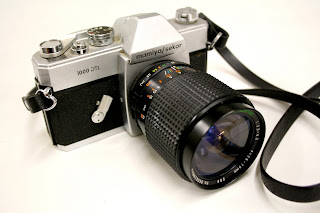DIY Research-
• Due to technologies today such as the internet and it’s integration into many devices, including our mobile phones, the world is slowly become homogenous. The same information is open to anyone and everyone. With such information, anyone can learn new skills and begin their entry to the DIY subculture, doing projects and repairs themselves rather than calling in professionals.
• The sharing of information and the beginning of the DIY culture likely began with the introduction of written texts and ultimately with the mass production of books in the industrial revolution.
• Guilds of the past also helped in teaching new skills many of those willing to learn.
• The Arts and Crafts movement has been a key element in DIY history. With the introduction of the industrial revolution, a new wave of machine workers replaced hard working craftsman, and the new mass-produced objects had nowhere near the quality of those produced by the human hand.
• The Free Festival Movement also greatly added to DIY culture. In the 70’s, both North America and the UK began green practices, recycling materials and using them over and over again to stand against materialism and capitalism. These goods were cheaper and thrift stores and resale shops became increasingly popular.
• Today, DIY culture is a way of life. With increasing prices and economic hardships, people are adopting green practices, repairing old things instead of buying new things. Their motivations are to save money, create less waste, oppose consumerism, and to create a personal identity for themselves.
• DIY repairs, particularly in fashion and furnishings tend to carry characteristics of their creator, and become a form of expression. Mended objects carry a different aesthetic when compared to new store-bought things, and tend to have more personality to them.
• Most DIYers today have a neutral political stance, only doing their own projects for monetary reasons or simply because they enjoy their old things.
• DIY culture exists in just about everyone, though in different intensities. DIY can be found in career based work and in those working from home or without a desire for profit.
• Today’s digital technologies have also rekindled a love for hand made goods and the hand made processes. It’s this reason people still hand develop film or knit their own scarves. The experience of creating the thing outweighs the material object that comes out of that effort.
• Websites play a crucial role in today’s DIY culture. Social networks have been created to sell hand crafted goods (such as Etsy), and there are many sites with how to demonstration videos for many projects.
• Books have stepped up as well with series like the “For Dummies” books and other how to projects.
• While it doesn’t apply to all DIYers, there is also a love of the story or life of an object. When someone goes to an antique store or thrift store and buy an item to use in a project, or simply to breath new life into it, they love to consider what happened to it in the past and who owned it. Old and recycled things tend to gather character in this way.
• Other sources of media are used as well. There are a multitude of television channels, each with their own website, that give hundreds and hundreds of projects for beginners and professional DIYer’s alike.
• There is a group of DIY activists in existence today however, including Betsy Greer who coined the term Craftivism in 2003. This group of DIYers stands out politically against consumerism and the lack of personality and quality of machine made goods.
• DIY is about being practical and affordable. It also is about being able to be commercial while still being art.
• DIY creates togetherness, helping bring the family closer together. Creating something together requires them to interact with each other and cooperate bringing a sense of unity to the group.
• Doing DIY makes the projects more meaningful because you make it with your hands and take time to craft it just right.





















